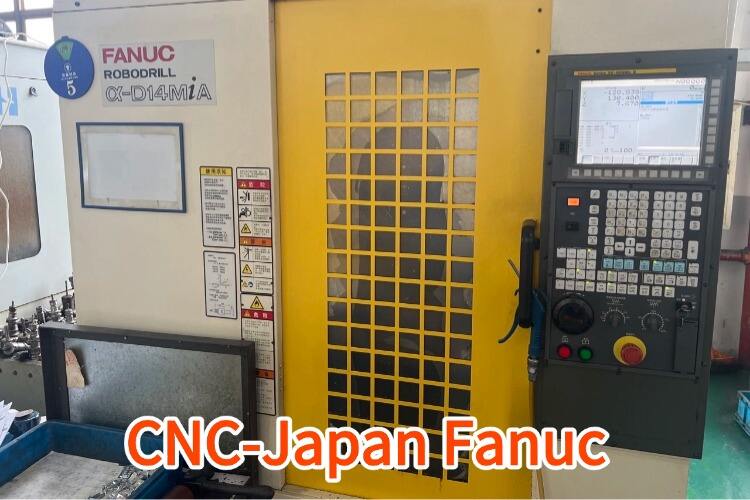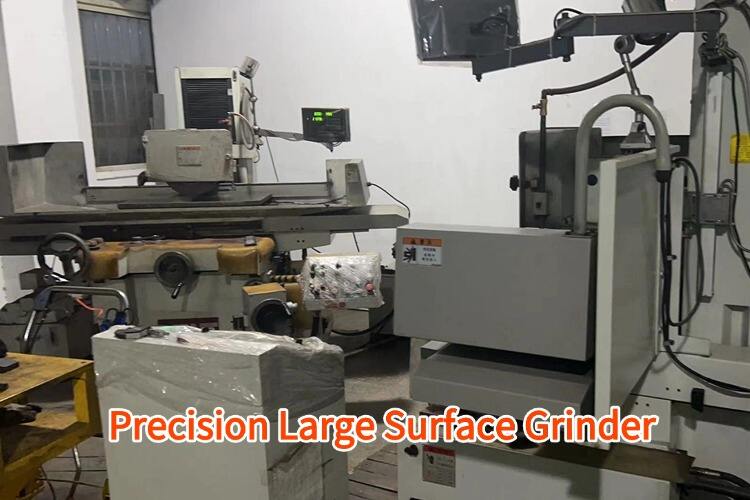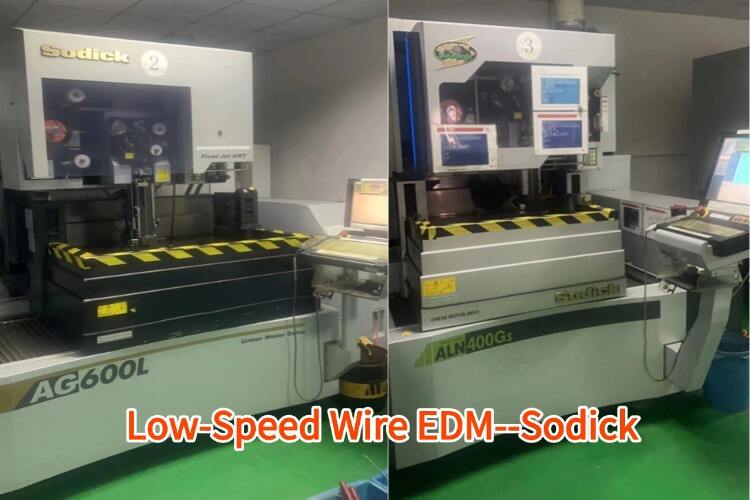how does cnc work
CNC (Computer Numerical Control) technology represents a revolutionary approach to manufacturing that transforms digital designs into physical products through automated machining processes. The system operates by interpreting computer-generated code, typically G-code, which provides precise instructions for tool movement and operation. At its core, CNC machines work through a sophisticated combination of computer programming, mechanical engineering, and motion control systems. The process begins when a computer-aided design (CAD) file is converted into machine-readable instructions. These instructions guide the automated movement of cutting tools and workpiece positioning across multiple axes, enabling the creation of complex geometric shapes with exceptional precision. Modern CNC systems integrate advanced sensors, feedback mechanisms, and real-time monitoring capabilities to maintain accuracy throughout the manufacturing process. The technology employs various cutting tools, including mills, lathes, and routers, each specialized for specific operations such as drilling, turning, or surface finishing. CNC machines can work with diverse materials, from metals and plastics to wood and composites, making them versatile solutions for industries ranging from aerospace to consumer goods manufacturing.


